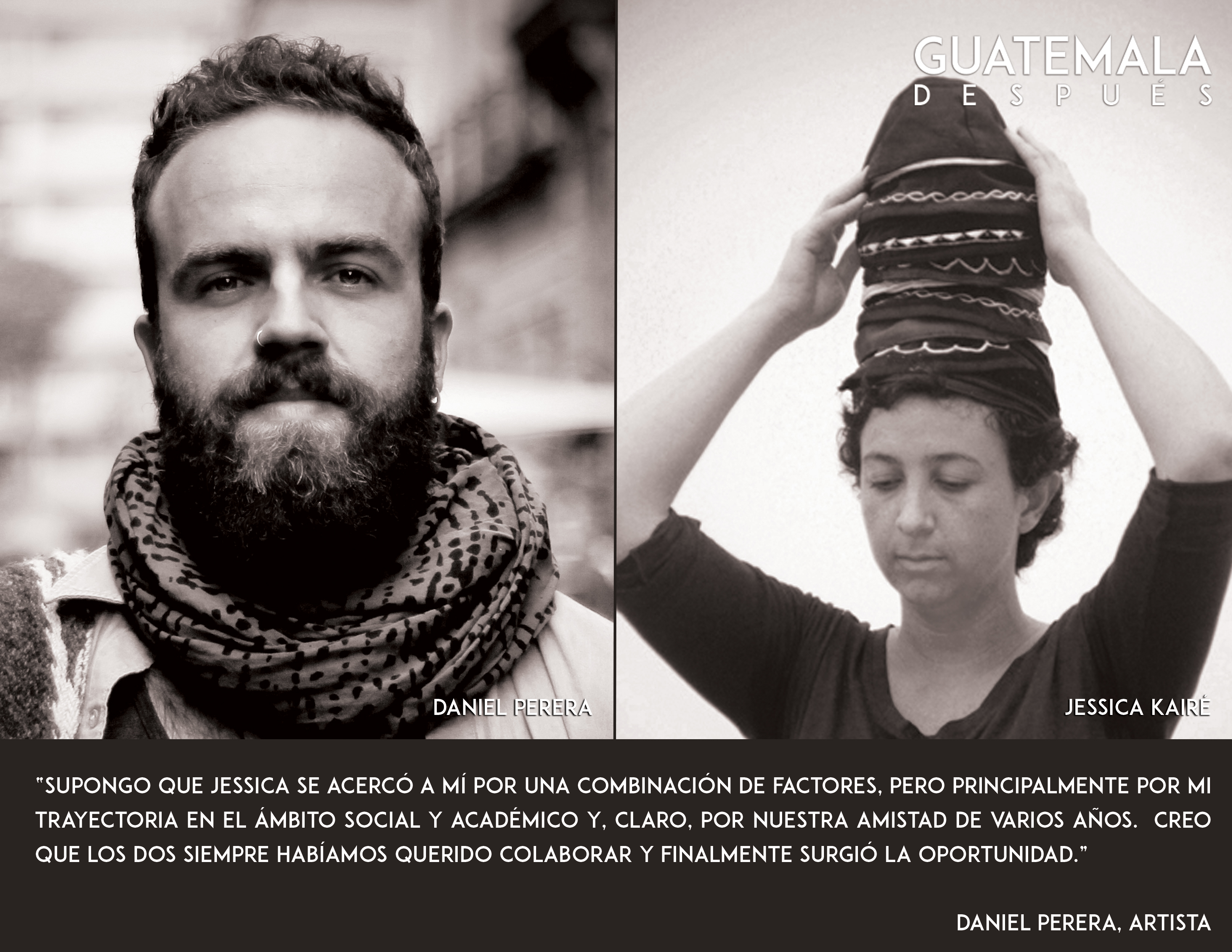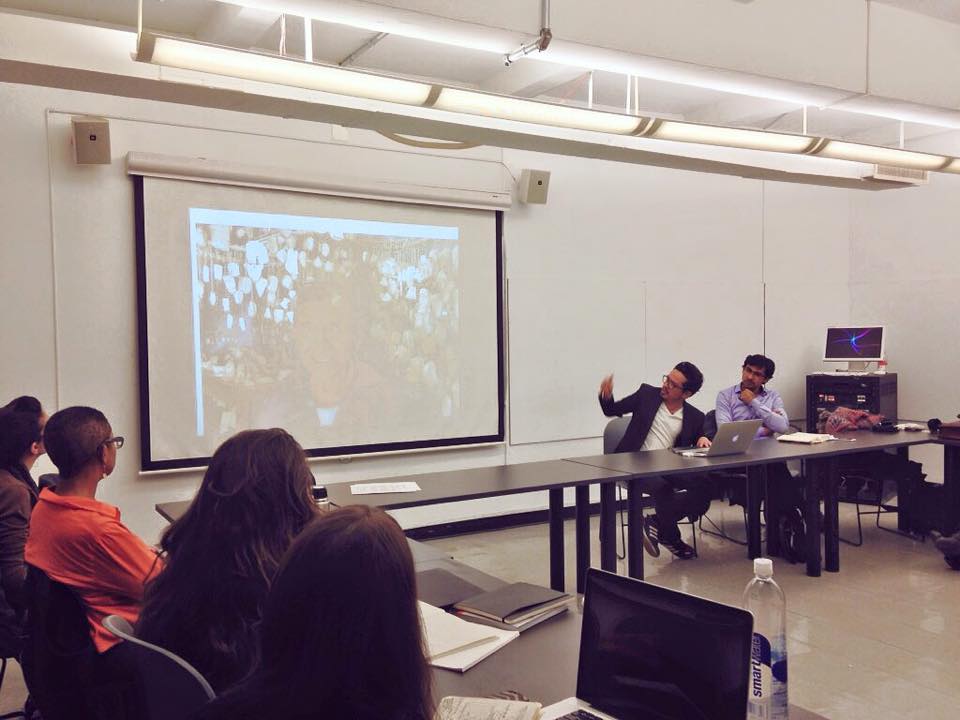EN
Yasmin Hage (Guatemala, 1976) lives and works in Guatemala. She took part in projects such as Octubre Azul, Colloquia, Landings, Image Factory Art Foundation, Contexto (Cinismo, Milenio, Libertad), Lo que hay es lo que hay (DSII), Días Mejores, 2003 (Rosina Cazali), V Bienal del Caribe 2004, 16 Bienal de Arte Paiz 2006 (Nelson Herrera Ysla), “Esbozo para la creación de una sociedad del futuro” 2007, (Laboratorio Curatorial 060) con el proyecto en sitio aldea modelo, pequeña historia,1984, “CulturvaVersusCultura” (Marivi Véliz), “Habitart” y “Campo y Ciudad” (Emiliano Valdés), Ciudad de la Imaginación (Pablo Ramírez), 17 Bienal de Paiz 2010 (José Roca), 8va Bienal Centroamericana (2010), Ultravioleta (bla.bla.bla), The Street Files 2011 (Bienal del Museo del Barrio en Nueva York) y Geopoéticas, Bienal de Mercosur 2011 (José Roca), La Ruleta, Diablo Rosso (Me asusta pero me gusta), Serie Revisiones 2012 (Excéntrico, E. Valdés), Lenguajes Contemporáneos desde Centroamérica (2013, editorial Turner) y Todos tenemos derecho a ser honestos en Espacio Mínimo, Madrid, 2014 (Luisa Fuentes Guaza), la 19 BAP, Transvisible (Cecilia Fajardo Hill). Her work is shown in the collection of the Blanton Museum – Austin, Texas, the Ortiz Gurdián Foundation – León, Nicaragua, Le Plateau – Paris, France, Empresarios por el arte – San José, Costa Rica, Colección APT – México, Colección Quinto-Lojo Guatemala and Colección John Gody, Guatemala.
Statement Yasmin Hage:
“I have a strong relation to drawing which during time slowly transplanted to other forms of art. Through drawing and through the act of representation I acquired a sense of rigorousness, of working on relations, of considering the plane of an art work as a small universe, form and overflow at the same time. Still, my recent work has changed and I now use notions of interchange, orality and negotiation to reconstruct my work with more porous and elastic structures; in some circumstances site specifics and/or in galleries, combining traditional and conceptual languages depending on a new materialization, how it reconfigures after the act, after the document, after the anecdote.”
Visit her project for Guatemala Después, “El olvido que no sabe que es olvido”.
ESP
Yasmin Hage (Guatemala, 1976) vive y trabaja desde Guatemala. Ha sido parte de proyectos como Octubre Azul, Colloquia, Landings, Image Factory Art Foundation, Contexto (Cinismo, Milenio, Libertad), Lo que hay es lo que hay (DSII), Días Mejores, 2003 (Rosina Cazali), V Bienal del Caribe 2004, 16 Bienal de Arte Paiz 2006 (Nelson Herrera Ysla), “Esbozo para la creación de una sociedad del futuro” 2007, (Laboratorio Curatorial 060) con el proyecto en sitio aldea modelo, pequeña historia,1984, “CulturvaVersusCultura” (Marivi Véliz), “Habitart” y “Campo y Ciudad” (Emiliano Valdés), Ciudad de la Imaginación (Pablo Ramírez), 17 Bienal de Paiz 2010 (José Roca), 8va Bienal Centroamericana (2010), Ultravioleta (bla.bla.bla), The Street Files 2011 (Bienal del Museo del Barrio en Nueva York) y Geopoéticas, Bienal de Mercosur 2011 (José Roca), La Ruleta, Diablo Rosso (Me asusta pero me gusta), Serie Revisiones 2012 (Excéntrico, E. Valdés), Lenguajes Contemporáneos desde Centroamérica (2013, editorial Turner) y Todos tenemos derecho a ser honestos en Espacio Mínimo, Madrid, 2014 (Luisa Fuentes Guaza), la 19 BAP, Transvisible (Cecilia Fajardo Hill). Está en las colecciones del Museo Blanton – Austin Texas, Fundación Ortiz Gurdián – León Nicaragua, Le Plateau – París Francia, Empresarios por el arte – San José Costa Rica, Colección APT – México, Colección Quinto-Lojo Guatemala y Colección John Gody, Guatemala. www.serierevisiones.com/yasminhage
Statement Yasmin Hage:
“Tengo una fuerte relación con el dibujo que con el tiempo ha ido trasplantándose hacia otras formas a partir del arte. El sentido de rigor, de ejercer relaciones, de considerar el plano de la obra como un pequeño universo a la vez contenido y desbordado, lo he adquirido del dibujo y del acto de la representación, sin embargo mi trabajo más reciente ha ido migrando y he utilizado el intercambio, la oralidad y la negociación para reconstituir mi obra con estructuras más porosas y elásticas, en circunstancias sitio específicas y/o de sala, combinando lenguajes tradicionales y conceptuales en función de la nueva materialización, y cómo vuelve a reconfigurarse después del hecho, después del documento, después de la anécdota.”
Visita su proyecto en Guatemala Después, “El olvido que no sabe que es olvido”.
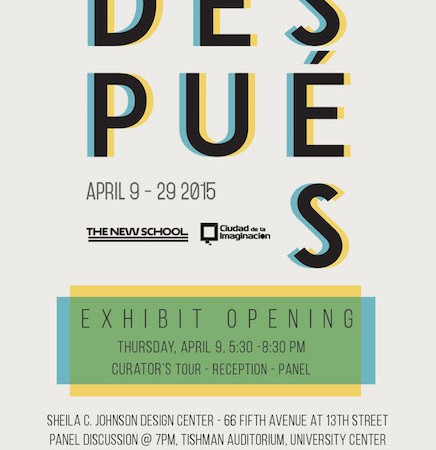
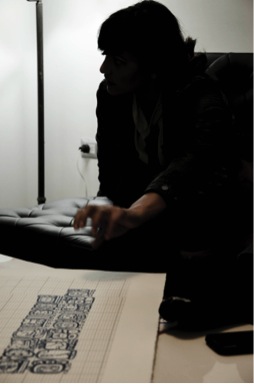
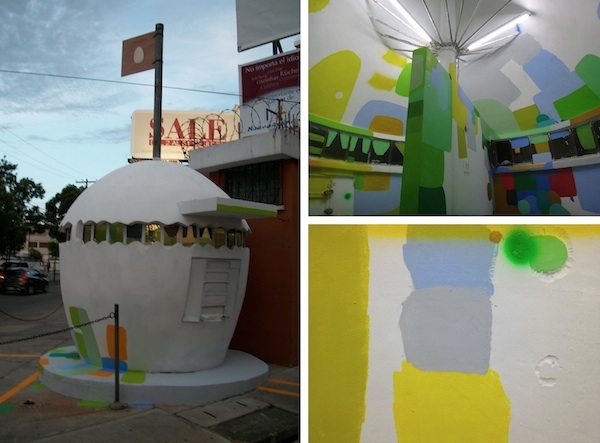



 Anabella Acevedo is Executive Director of Ciudad de la Imaginación. She is an independent academic; she has resided and worked in Quetzaltenango since 2005. She holds an undergraduate degree in Literature and Philosophy from the Rafael Landívar University. She obtained her Master’s in Latin American Literature in 1989 and a doctorate in Latin American Literature from the University of Georgia in 1994. She was the Director of the Ford Foundation International Fellowship Program in Guatemala, form 2001 to 2013, when she worked at the Centro de Investigaciones Regionales de Mesoamérica (CIRMA). She has co-curated several exhibits, such as Estados de Excepción (States of Exception) in Quetzaltenango, Guatemala. In 2001 she was the recipient of a Rockefeller Foundation research grant for the project “Marginalidades, transgresiones y negociaciones. La violencia en Guatemala a través de las prácticas culturales de los jóvenes.” Acevedo curated the XVII and XIX Bienal de Arte Paiz in Guatemala (2012 & 2014). In 2013 she formed part of a research team for the “The curvature of time, Art and Women.” She has published several essays about literature and Guatemalan Art.
Anabella Acevedo is Executive Director of Ciudad de la Imaginación. She is an independent academic; she has resided and worked in Quetzaltenango since 2005. She holds an undergraduate degree in Literature and Philosophy from the Rafael Landívar University. She obtained her Master’s in Latin American Literature in 1989 and a doctorate in Latin American Literature from the University of Georgia in 1994. She was the Director of the Ford Foundation International Fellowship Program in Guatemala, form 2001 to 2013, when she worked at the Centro de Investigaciones Regionales de Mesoamérica (CIRMA). She has co-curated several exhibits, such as Estados de Excepción (States of Exception) in Quetzaltenango, Guatemala. In 2001 she was the recipient of a Rockefeller Foundation research grant for the project “Marginalidades, transgresiones y negociaciones. La violencia en Guatemala a través de las prácticas culturales de los jóvenes.” Acevedo curated the XVII and XIX Bienal de Arte Paiz in Guatemala (2012 & 2014). In 2013 she formed part of a research team for the “The curvature of time, Art and Women.” She has published several essays about literature and Guatemalan Art. Pablo José Ramírez is a curator, political theorist and art writer based in Guatemala. He is the founder and director of the Contemporary Art & Political Theory Simposium,Absurdo. Between 2011 and 2014 he was the Executive Director and Curator at Ciudad de la Imaginación and continues to work there as the Associate Curator. He was co-curator of the XIX Bienal de Arte Paiz in Guatemala. He has received several grants including The Colección Patricia Phelps de Cisneros 2012 CIMAM Travel grant. He is co-founder and member of the editorial comittee of Gimnasia, an online site for critical theory of arts and culture in Central America. His most recent curatorial projects are: Estados de Excepción (States of Exception) in Guatemala and Ecuador and La caricia vulgar de la caida (The vulgar caress of the fall) at the Spanish Cultural Center of Guatemala. He is currently co-curating Guatemala Despuesa project produced by the New School in New York and is also curating an exhibition with Remco De Blaaij that will open at CCA Glasgow in November 2014.
Pablo José Ramírez is a curator, political theorist and art writer based in Guatemala. He is the founder and director of the Contemporary Art & Political Theory Simposium,Absurdo. Between 2011 and 2014 he was the Executive Director and Curator at Ciudad de la Imaginación and continues to work there as the Associate Curator. He was co-curator of the XIX Bienal de Arte Paiz in Guatemala. He has received several grants including The Colección Patricia Phelps de Cisneros 2012 CIMAM Travel grant. He is co-founder and member of the editorial comittee of Gimnasia, an online site for critical theory of arts and culture in Central America. His most recent curatorial projects are: Estados de Excepción (States of Exception) in Guatemala and Ecuador and La caricia vulgar de la caida (The vulgar caress of the fall) at the Spanish Cultural Center of Guatemala. He is currently co-curating Guatemala Despuesa project produced by the New School in New York and is also curating an exhibition with Remco De Blaaij that will open at CCA Glasgow in November 2014. Nitin Sawhney, Ph.D. is Assistant Professor of Media Studies at the New School. His research, teaching and creative practice engages the critical role of technology, civic media, and artistic interventions in contested spaces. Nitin previously taught at the MIT Program in Art, Culture, and Technology (ACT) and conducted research at the MIT Media Lab. He examines social movements and crisis contexts, though forms of creative urban tactics, participatory research, performance and documentary film. He is the co-curator of the Guatemala Después exhibitions to be held in New York and Guatemala in 2015. He previously co-curated the participatory exhibition #SearchUnderOccupy at the New School to showcase creative responses to the Occupy Movement in New York City in 2012. Nitin is currently completing a documentary film,
Nitin Sawhney, Ph.D. is Assistant Professor of Media Studies at the New School. His research, teaching and creative practice engages the critical role of technology, civic media, and artistic interventions in contested spaces. Nitin previously taught at the MIT Program in Art, Culture, and Technology (ACT) and conducted research at the MIT Media Lab. He examines social movements and crisis contexts, though forms of creative urban tactics, participatory research, performance and documentary film. He is the co-curator of the Guatemala Después exhibitions to be held in New York and Guatemala in 2015. He previously co-curated the participatory exhibition #SearchUnderOccupy at the New School to showcase creative responses to the Occupy Movement in New York City in 2012. Nitin is currently completing a documentary film, 